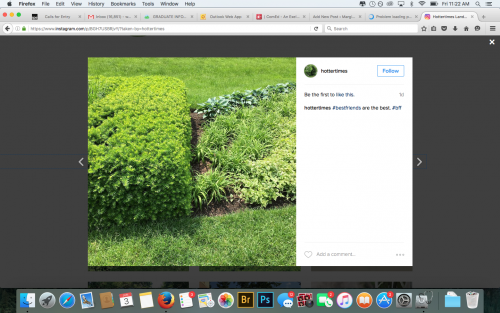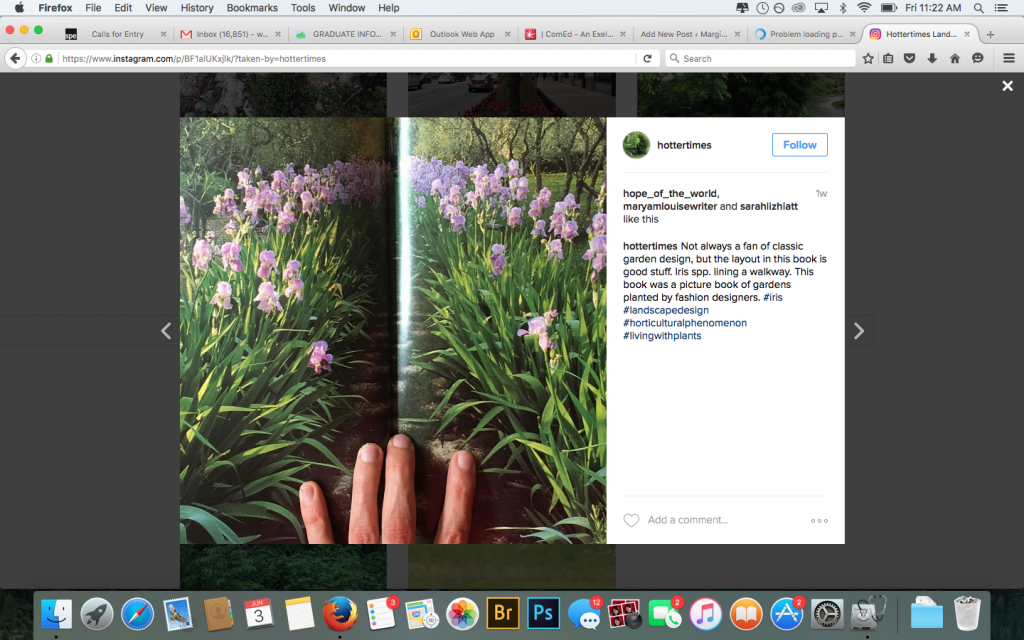
Forays Into Instagram
It’s difficult to figure out how much time to devote to online platforms such as Instagram or Facebook in terms of professional development. During my first year at Columbia, Chris Boot of Aperture—a multiplatform photography publishing company—gave a lecture. He discussed that he tends to not want to publish anyone whose Instagram following is below a certain number. (I believe it was 10K?) It’s a lot of work to be Instagramming all the time. That being said, I’ve recently started to think about my Instagram as a place to make work.
As a performative photographer, I am interested in the places where the performance happens and the photograph begins, which is additionally complicated by Instagram and other social media.
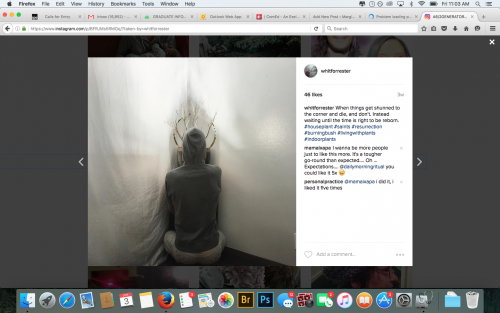
I think of Instagram as a place to not only bounce around ideas, but also to get the hivemind of culture to respond to your work. To ask people to engage with the ideas I’m working with and see where it goes. It’s an opportunity to do research and conduct experiments. The rose pictures were the first ones where I did this consciously, thinking about the platform itself as an opportunity for constructing “works.”
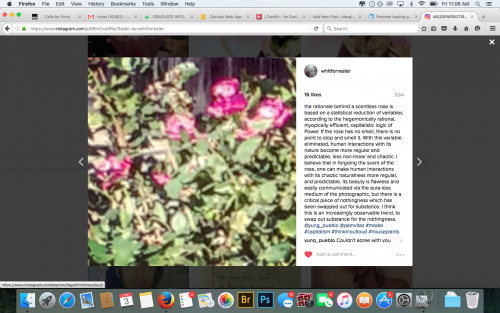
I’ve recently realized that Instagram lets you create multiple accounts, allowing for further experimentation in specific veins. The two I’ve decided to focus on are ways for me to curate and gather research for future work.
The first is Hottertimes, an Instagram account designed to help me understand what I am innately drawn to in the landscape and reflect it back to myself. These types of explorations dominated my work prior to graduate school. And while at Columbia I have opted for a body of work that is domestic and internal, the Instagram account has allowed me to further explore the relationships to the landscape that are already infused into my current work.
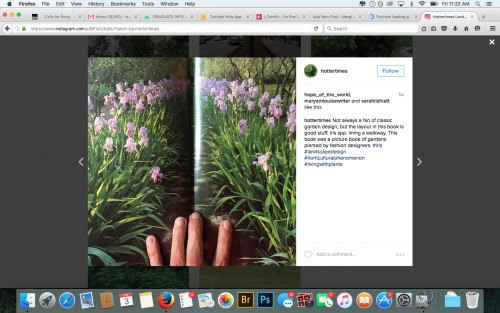
Instagram allows me to casually and quickly create a body of work based on note taking. Because so much of my work is based upon this idea anyhow, it’s become useful to think of ways in which this process in and of itself yields “work,” which Instagram does rather effortlessly.
Prior to using Instagram, I had been searching for ways in which cursory documentation could resist the power structure into which photography immediately falls, the Empire of the Eye. As we learn in school, the eye works in particular ways, and creating a “good” picture means producing work that looks a certain way; however, aesthetics themselves are highly labile and in constant flux, depending on who you are talking to and which community you situate the power of the gaze from.
I’m unsure if this is something I will ever bring forth in critique, but I am now thinking that this is potentially a useful way to show curators and folks coming for a studio visit examples of what you are working with and thinking on before they arrive.
